
As we explore the world of traditional African hairstyles, it’s important to understand the cultural significance and historical roots behind each one. Hair has always played an important role in African culture, and these traditional hairstyles are a reflection of that.
In this article, we’ll delve into the history and significance of 7 popular traditional African hairstyles that are still worn today.
1. Bantu Knots
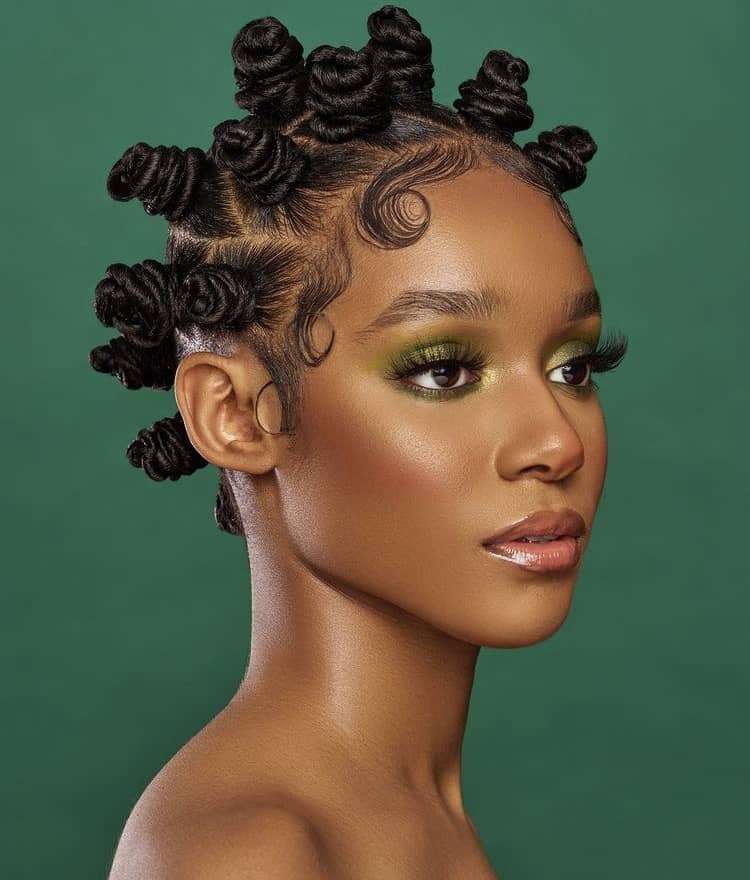
Bantu knots originated from the Bantu people of Southern Africa. This hairstyle involves sectioning the hair into small, tight knots that sit on top of the head. Bantu knots were often worn as a protective style to keep hair moisturized and prevent breakage.
2. Fulani Braids
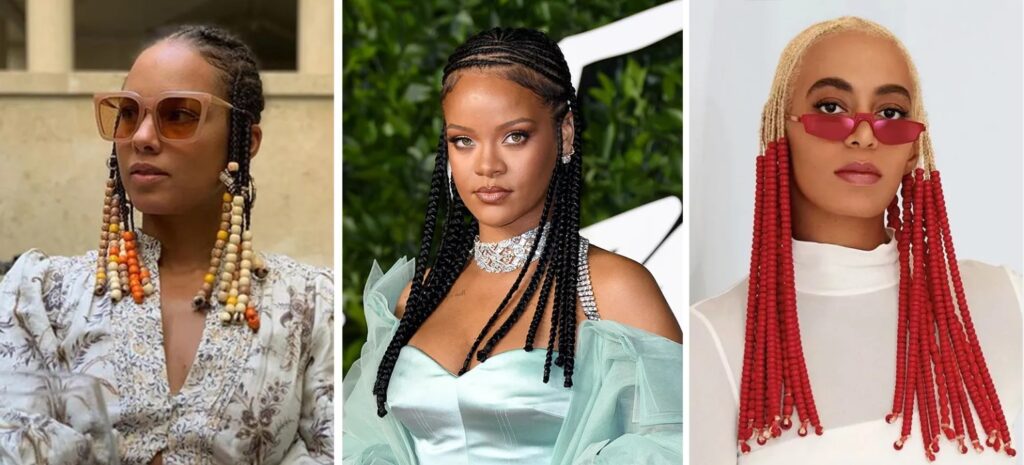
Fulani braids are a traditional hairstyle of the Fulani people of West Africa. These braids are characterized by a single braid down the center of the head, with smaller braids on either side. Often adorned with beads and cowrie shells, these braids are a symbol of wealth and beauty.
3. Box Braids
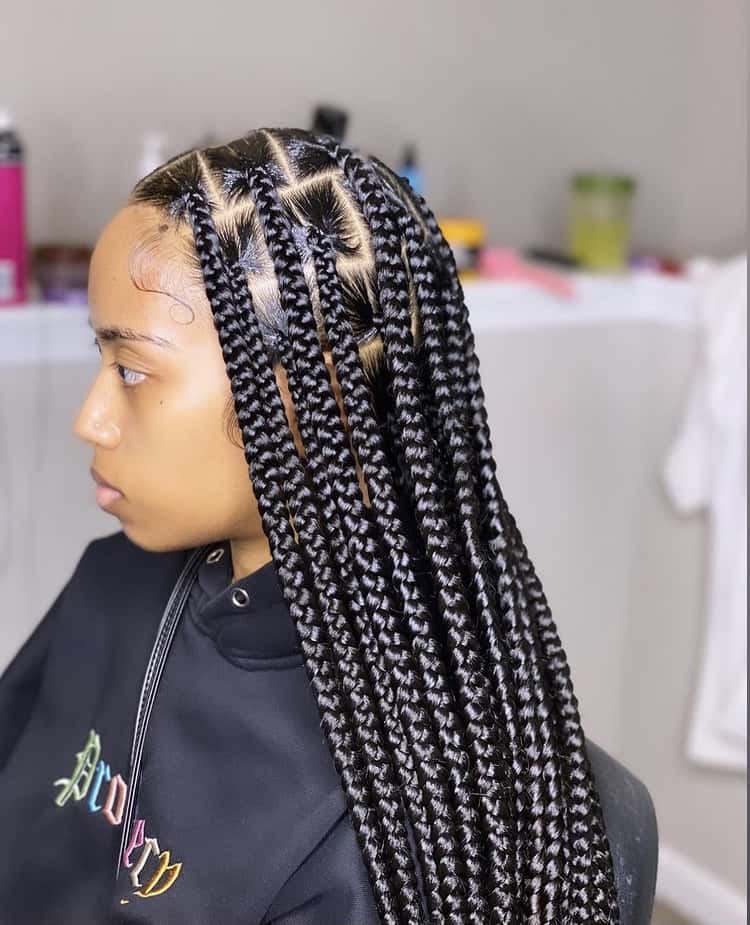
Box braids originated in Africa and have been worn for centuries. This protective hairstyle involves sectioning the hair into small, square-shaped sections and braiding them from the root to the tip. Box braids were often worn as a way to protect hair from the elements.
ALSO READ: 30 Half Fulani Tribal Braids Half Knotless Braids Hairstyles
What Is The Difference Between Fulani And Tribal Braids?
4. Cornrows
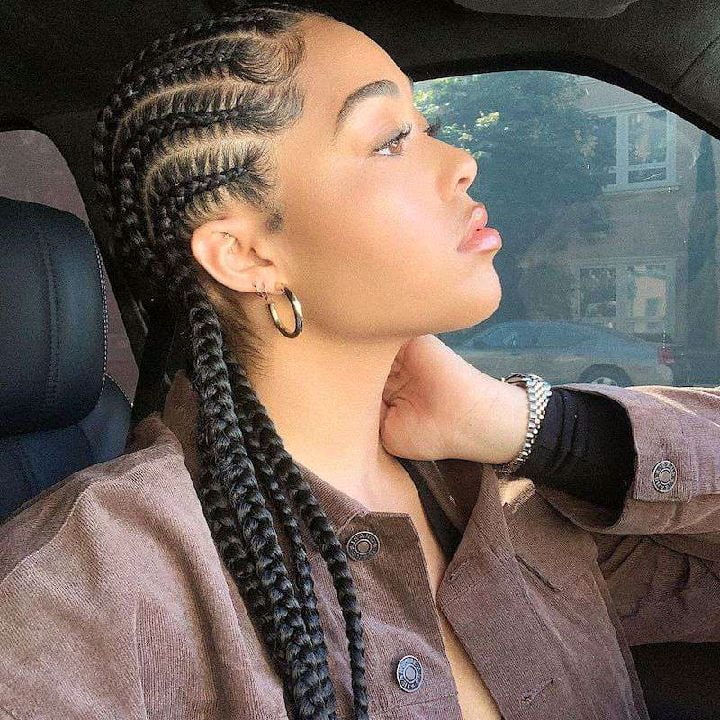
Cornrows are a traditional African hairstyle that involves braiding the hair close to the scalp in straight rows. This hairstyle have been worn for centuries and were often used as a way to keep hair neat and tidy during physical labor.
5. Afro
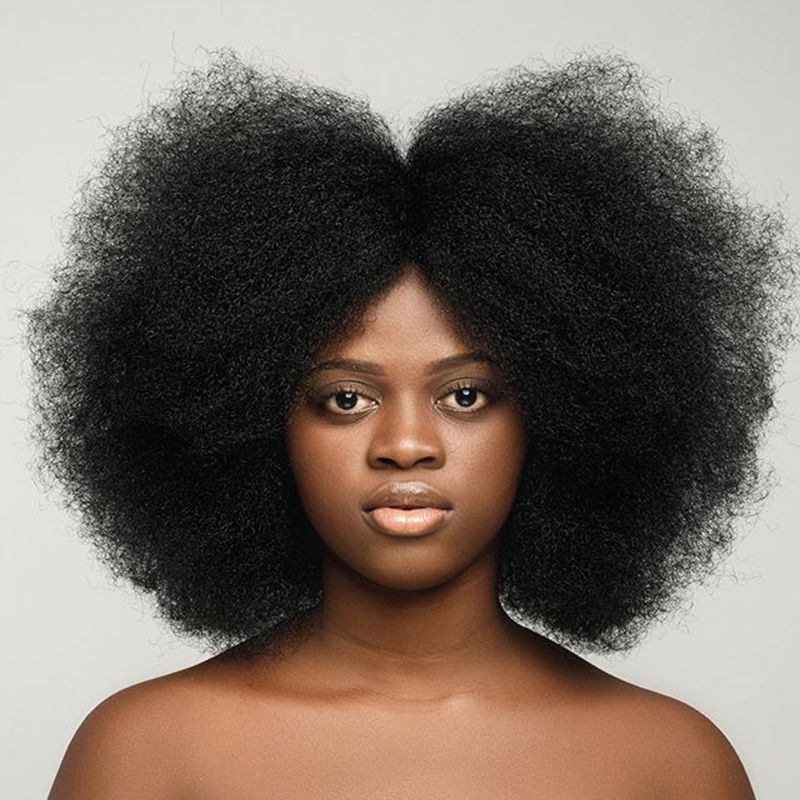
The Afro is a natural hairstyle that originated in Africa and became popular during the Black Power movement in the 1960s and 1970s. This hairstyle involves letting hair grow out in its natural state, creating a full and voluminous look. The Afro is a symbol of black pride and self-acceptance.
6. Senegalese Twists
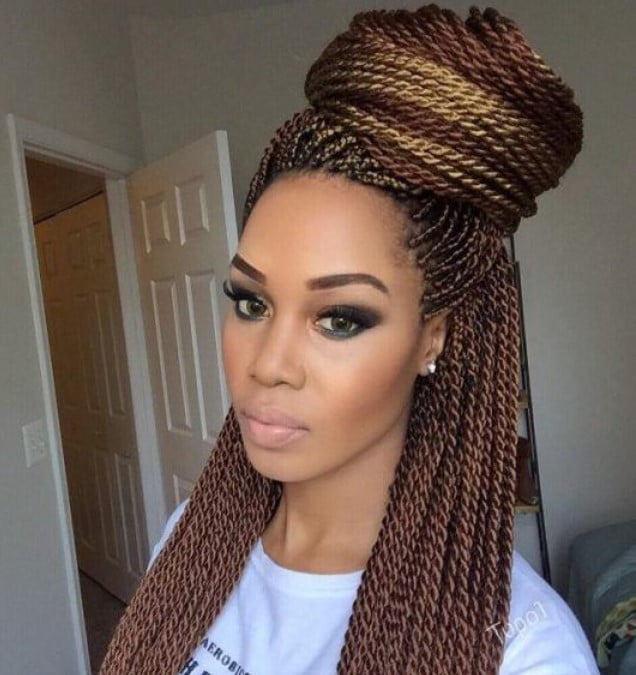
Senegalese twists are a protective hairstyle that originated in Senegal, West Africa. This hairstyle involves twisting two sections of hair together, creating a rope-like appearance. Senegalese twists are often adorned with beads and shells and can be worn for several weeks at a time.
7. Ghana Braids
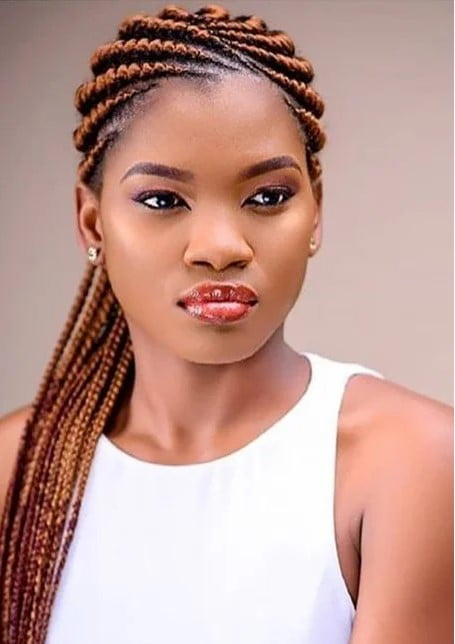
Ghana braids, also known as banana braids, originated in West Africa and involve braiding hair into cornrows that are twisted up and secured in a bun or ponytail. This hairstyle is often adorned with beads and cowrie shells and is a symbol of beauty and cultural pride.
In conclusion, traditional African hairstyles are more than just a fashion statement – they are a reflection of the cultural history and significance of the African continent. Each hairstyle has its roots in a specific region and serves a specific purpose, whether it be protection from the elements, a symbol of wealth and beauty, or a symbol of cultural pride.
As we celebrate and honor these traditional hairstyles, it’s important to recognize the importance of cultural appreciation and understanding. By educating ourselves on the history and significance of traditional African hairstyles, we can embrace and appreciate the beauty and diversity of the African culture.
FAQs
What are Bantu knots and where do they come from?
Bantu knots are a traditional African hairstyle that originated from the Bantu people of Southern Africa. This hairstyle involves sectioning the hair into small, tight knots that sit on top of the head.
What are the cultural roots of the Afro hairstyle?
The Afro is a natural hairstyle that originated in Africa and became popular during the Black Power movement in the 1960s and 1970s. This hairstyle involves letting hair grow out in its natural state, creating a full and voluminous look. The Afro is a symbol of black pride and self-acceptance.
What is the significance of Fulani braids?
Fulani braids are a traditional hairstyle of the Fulani people of West Africa. These braids are characterized by a single braid down the center of the head, with smaller braids on either side. Often adorned with beads and cowrie shells, these braids are a symbol of wealth and beauty.
How do cornrows relate to physical labor?
Cornrows are a traditional African hairstyle that involves braiding the hair close to the scalp in straight rows. Cornrows have been worn for centuries and were often used as a way to keep hair neat and tidy during physical labor.
What is the cultural significance of traditional African hairstyles?
Traditional African hairstyles are a reflection of the cultural history and significance of the African continent. Each hairstyle has its roots in a specific region and serves a specific purpose, whether it be protection from the elements, a symbol of wealth and beauty, or a symbol of cultural pride. By celebrating and honoring these traditional hairstyles, we can embrace and appreciate the beauty and diversity of African culture.
You May Also Like:
· How to dress to hide belly fat 2023
· How Big Is A C Cup Bra? Sizes & Measurements
· How to Make Natural Black Hair Curly: 5 Simple Steps
· Cosrx Acne Master Pimple Patch Ultimate Review
Sources:
Byrdie. The Fascinating History of Braids You Never Knew About.
https://www.byrdie.com/history-of-braids
Amplify Africa. The Rich History of Braids.
https://www.amplifyafrica.org/post/the-rich-history-of-braids
Paforfashion: Knotless Braids 2023: 18 New Looks:
Ebena. Fulani Braids. https://ebena.net/style/tribal-fulani-braids/6685
Ebena. Ghana Braids. https://ebena.net/style/ghana-braids/914
Ebena. Box Braids. https://ebena.net/style/box-braids/43
Onchek. 6 Popular Braiding Styles and Their True Origin.
https://www.onchek.com/theinsight/6-popular-braiding-styles-their-true-origin/
Ebena. Stitch Braids. https://ebena.net/style/stitch-braids/84
The Trend Spotter. 25 Hottest Tribal Braids to Copy.
https://www.thetrendspotter.net/tribal-braids/
Bukola Braiding. Simple Steps to Hair Braiding.
http://www.bukolabraiding.com/wp-content/uploads/2012/10/Simple-Steps-to-Hair-Braiding.doc.pdf
Essence. How to Wash Braids. https://www.essence.com/hair/braids/how-to-wash-braids/
Outsons. How Long Does Your Hair Have to Be to Braid?
Stylist. How to Refresh Your Braids: Simple Tips to Make Your Braided Style Last Longer.
Thirsty Roots. 7 Tips for Maintaining Braids or Twists.






